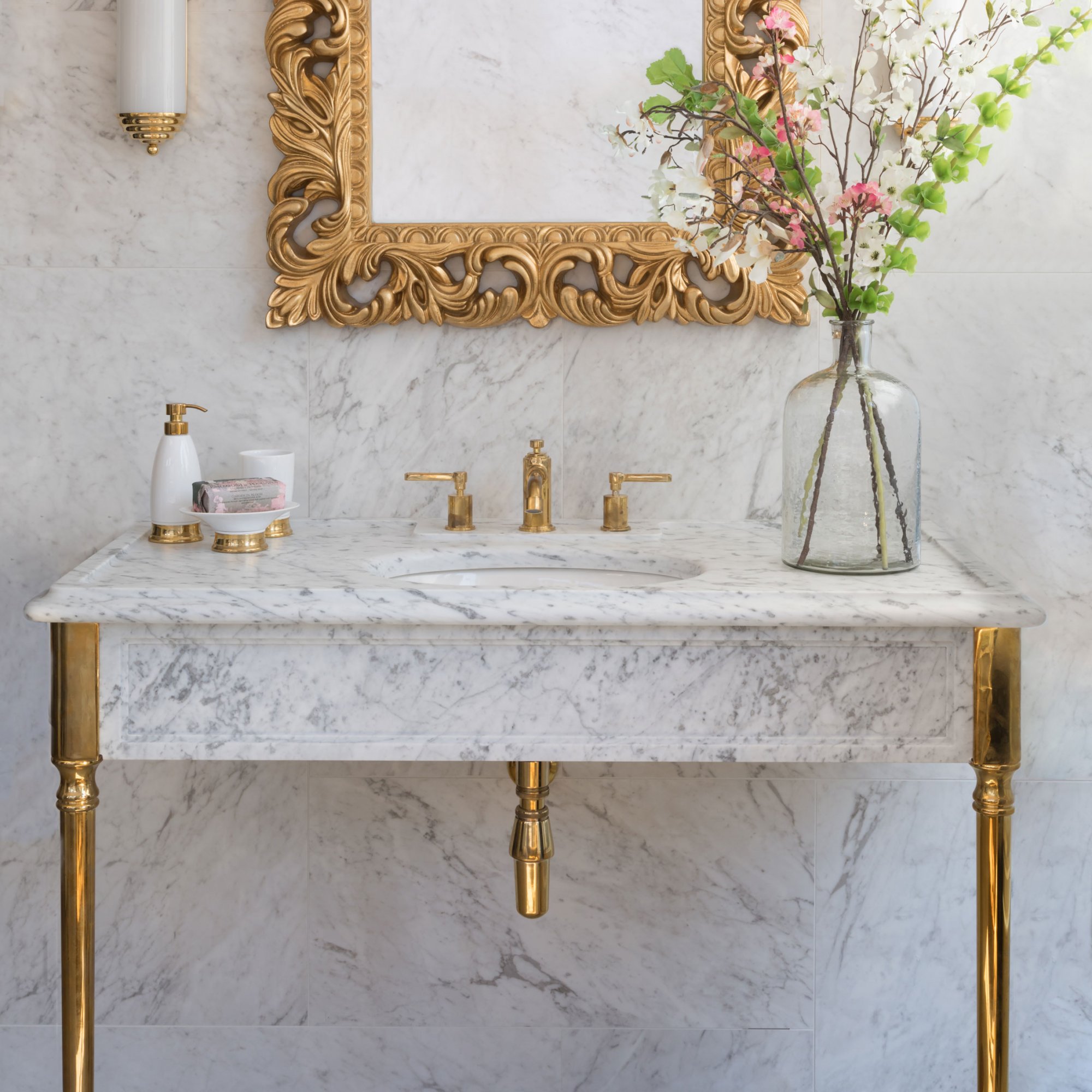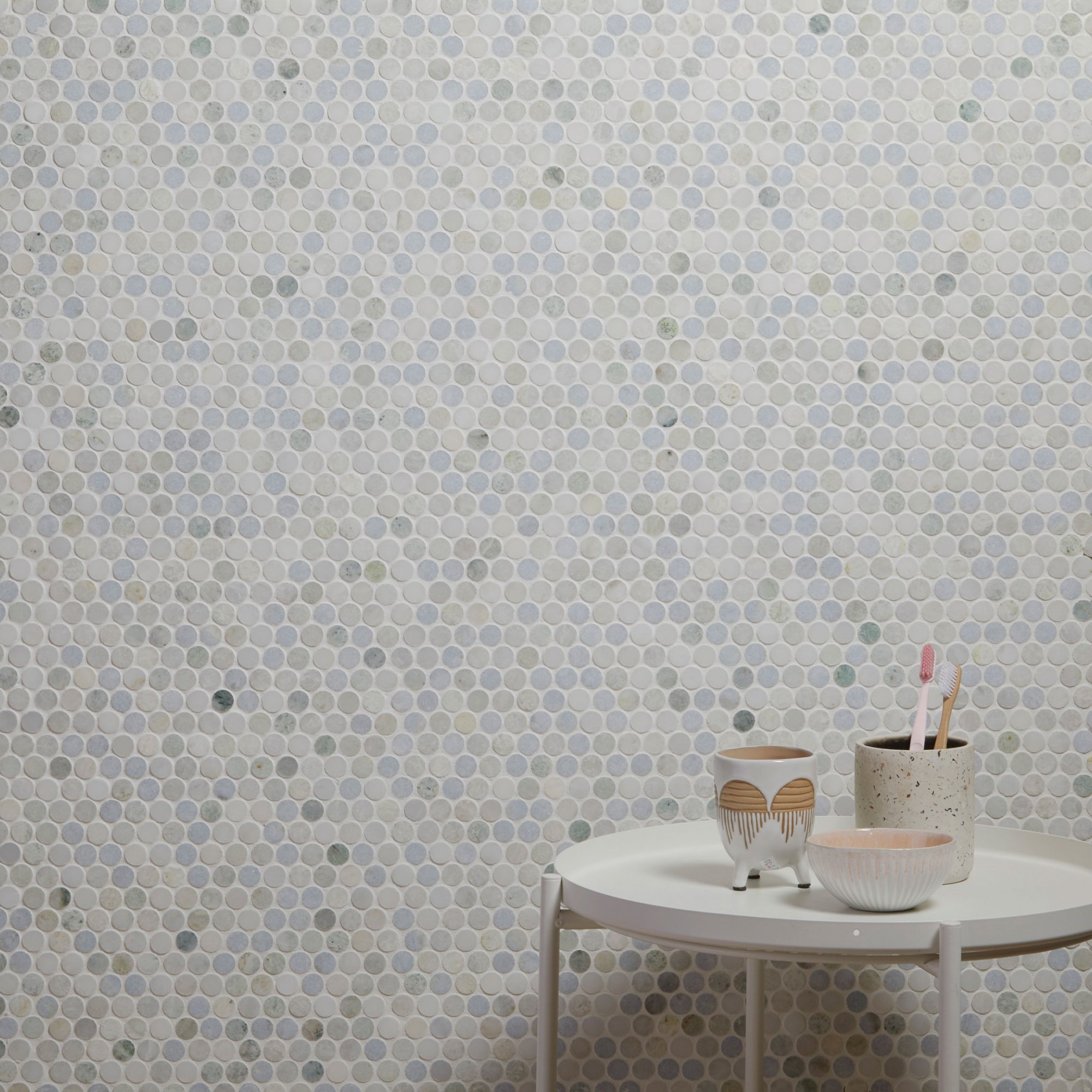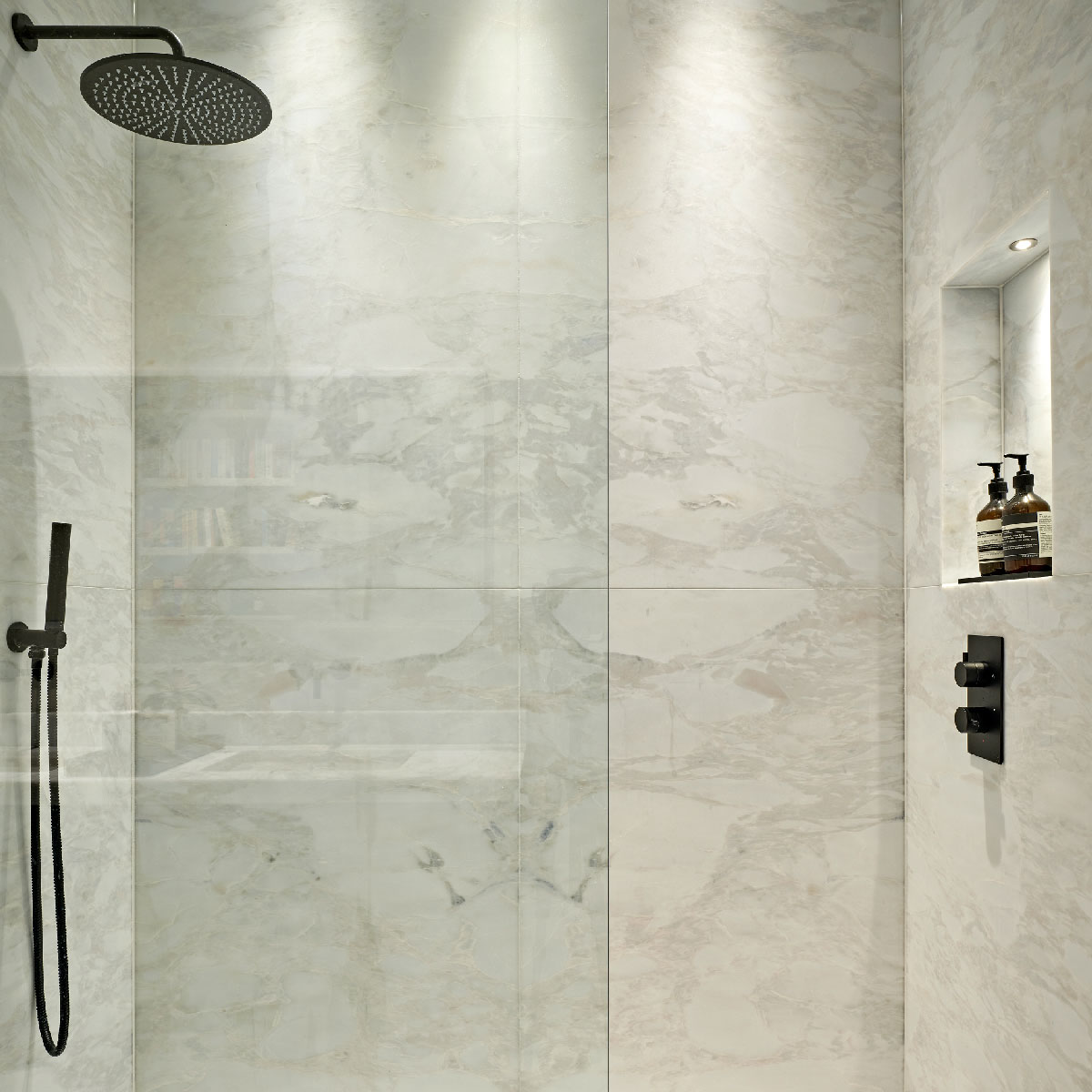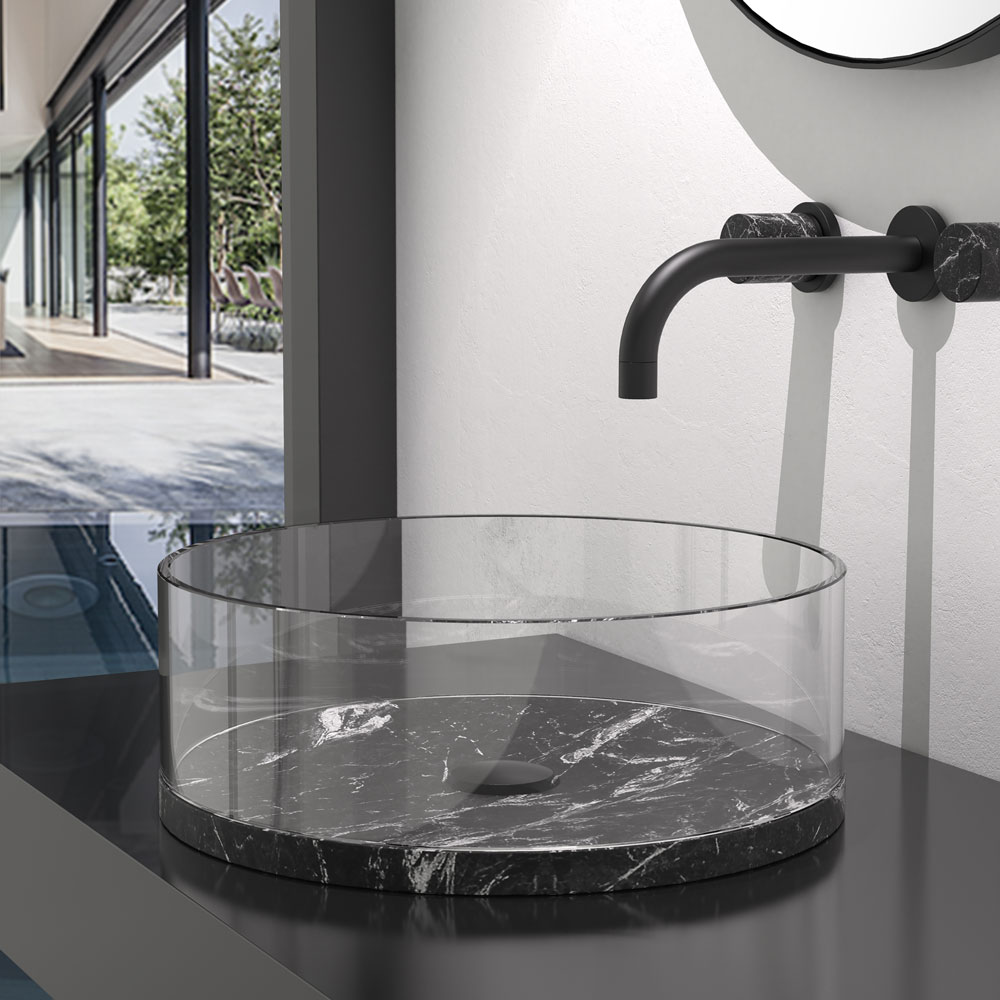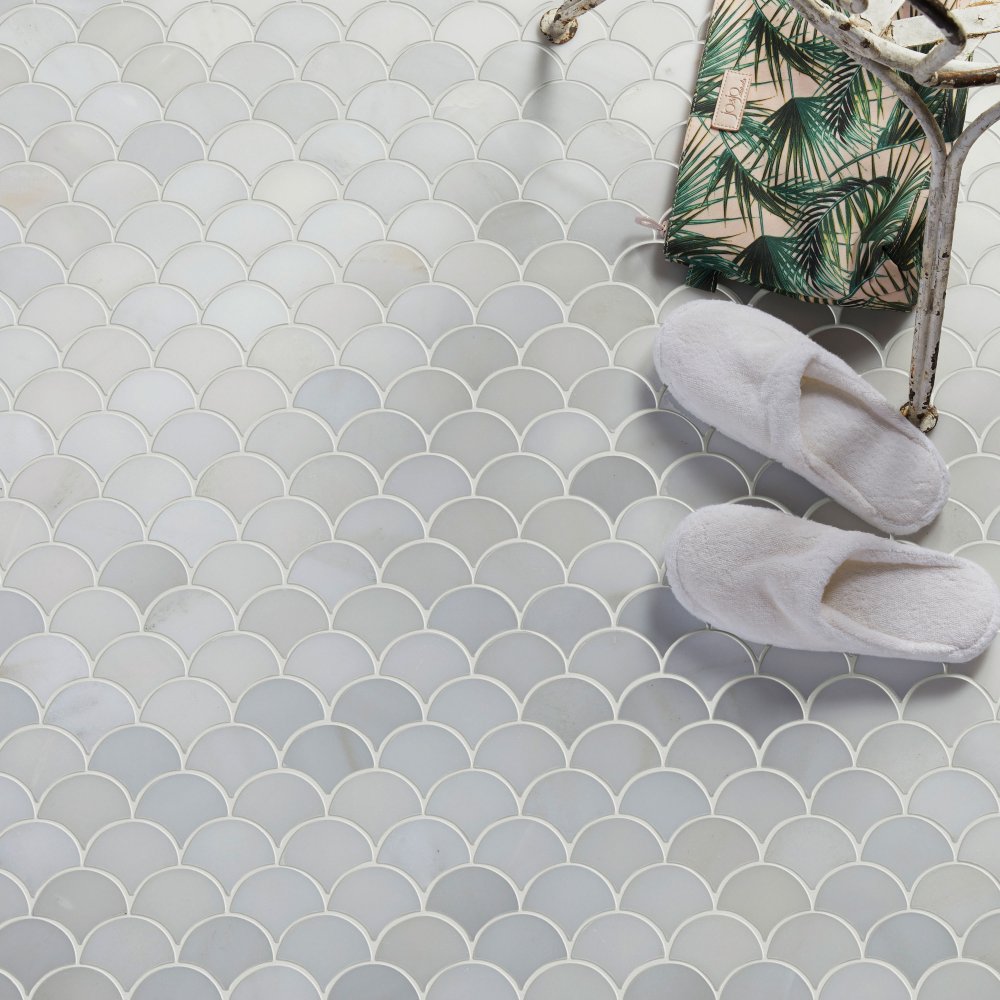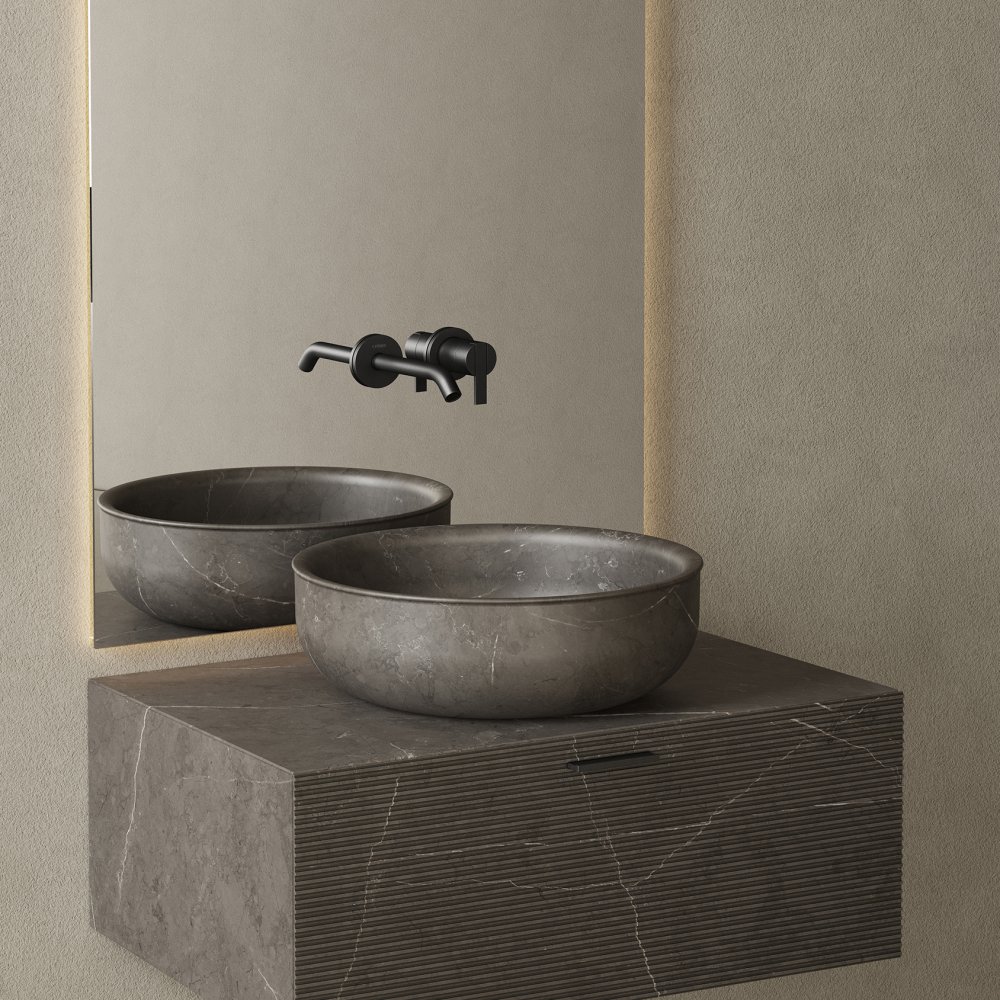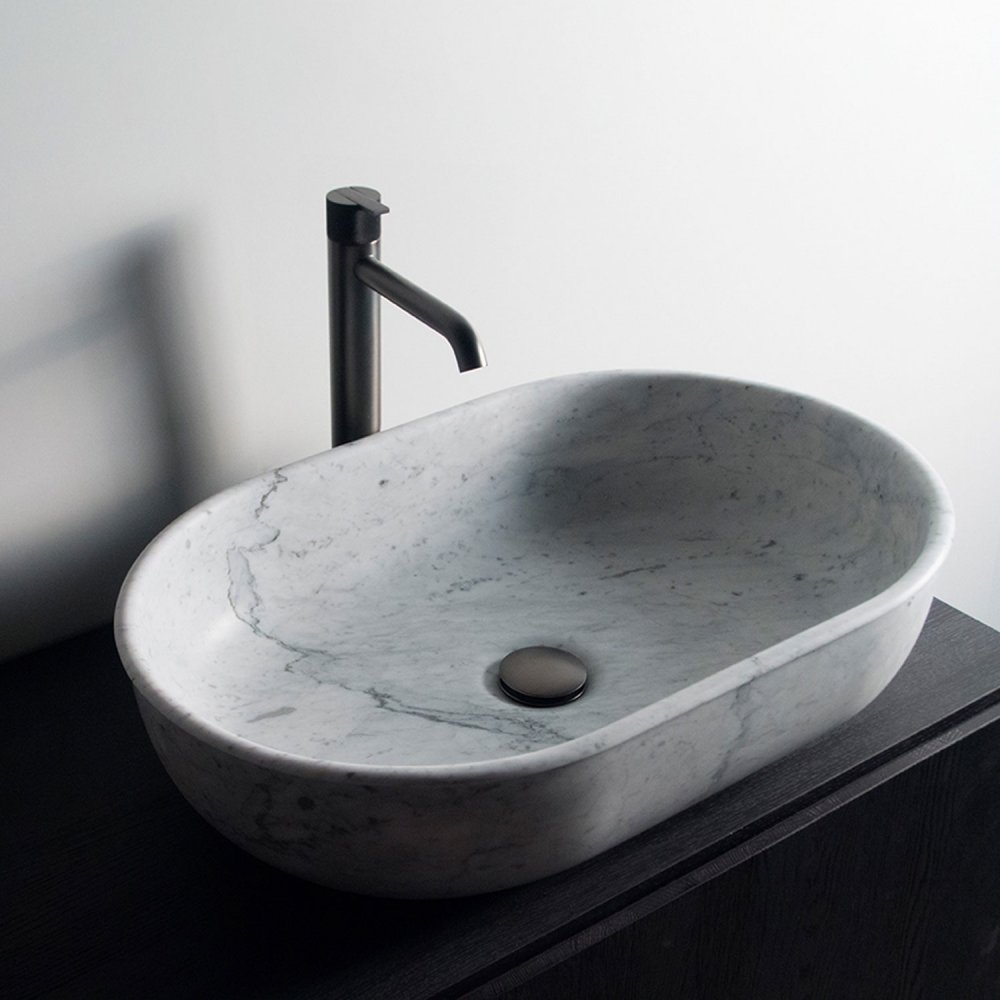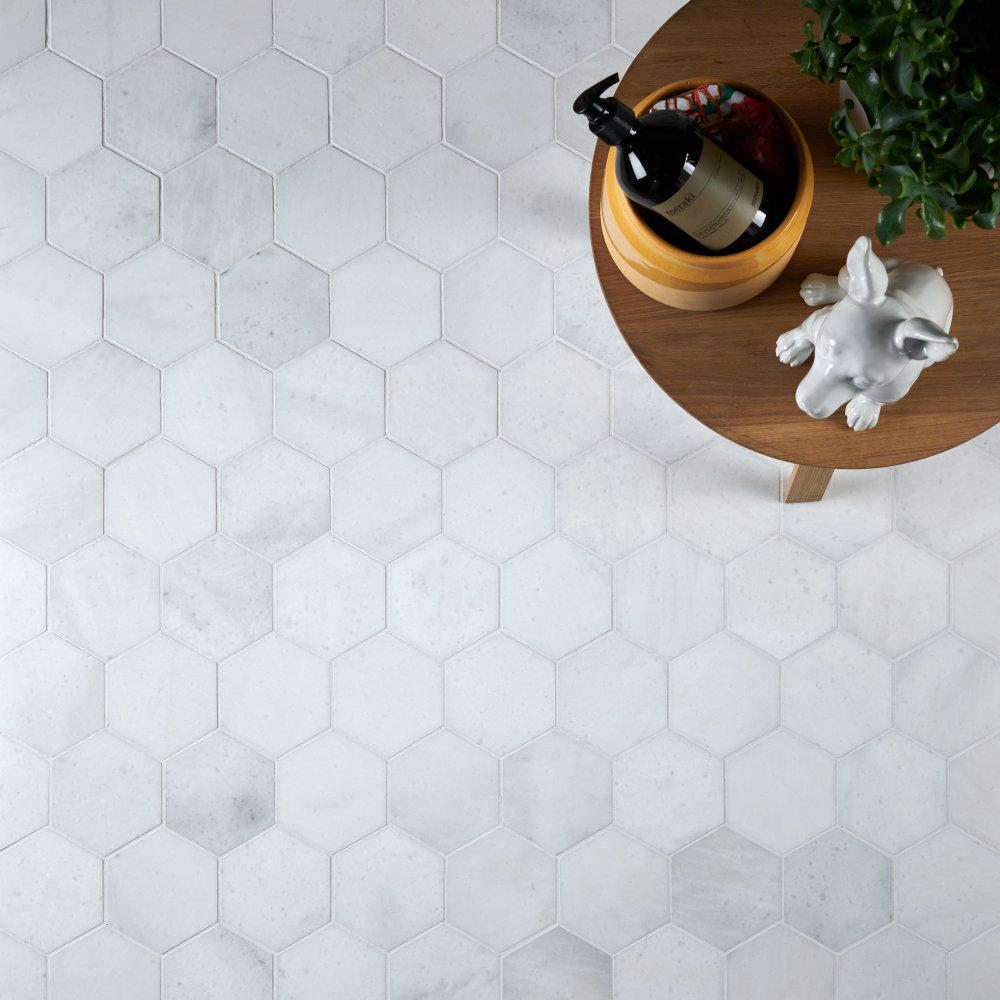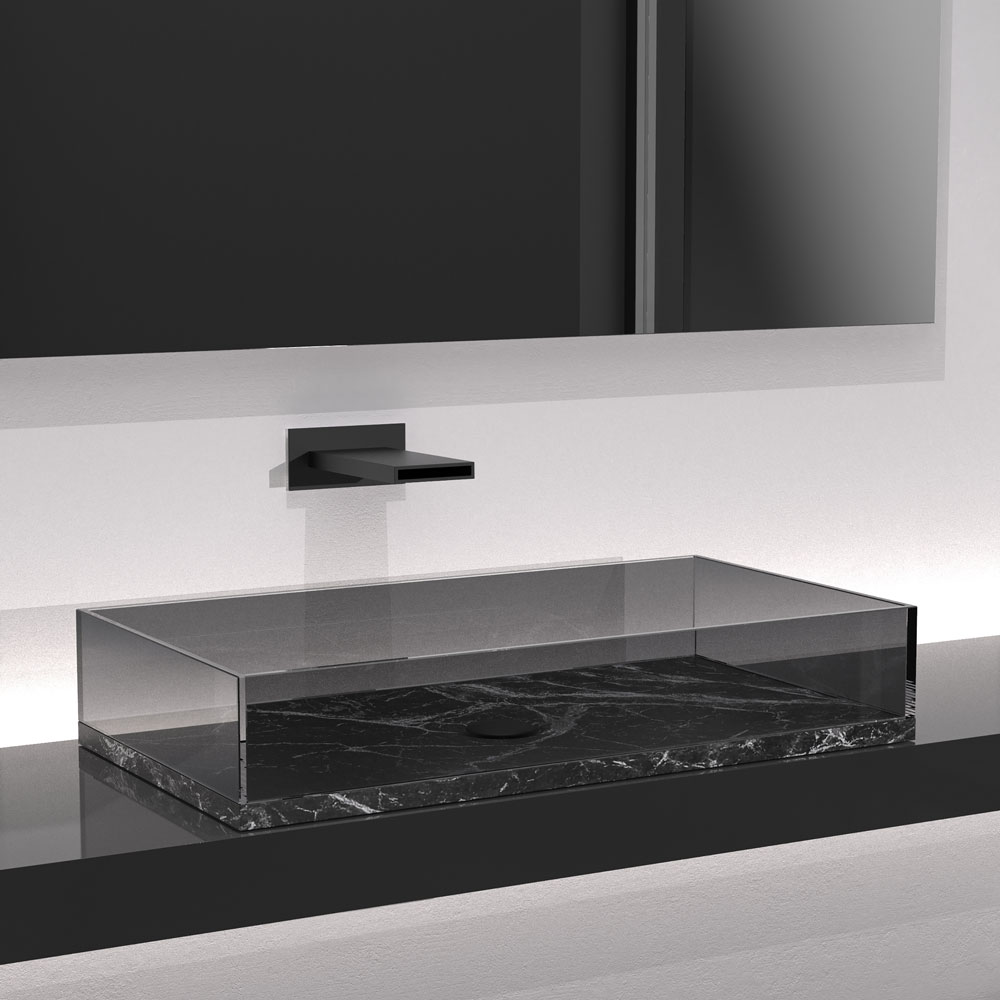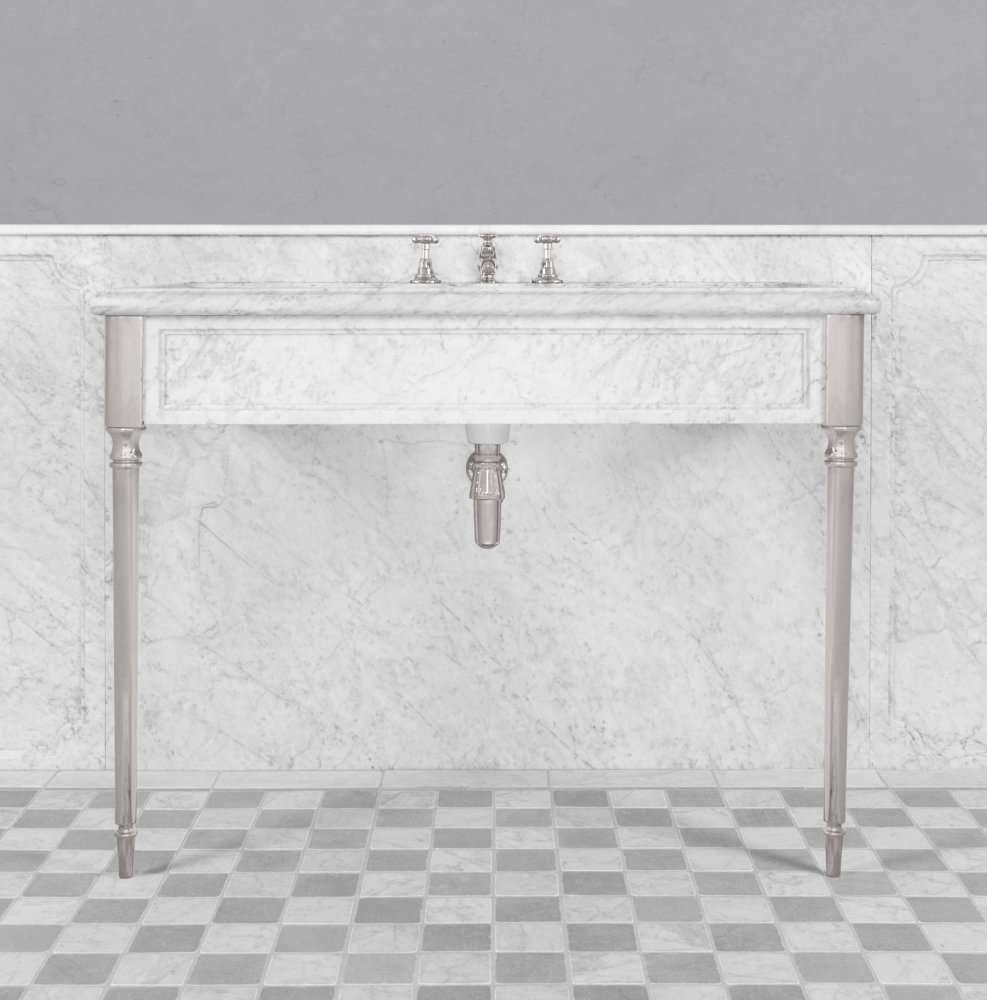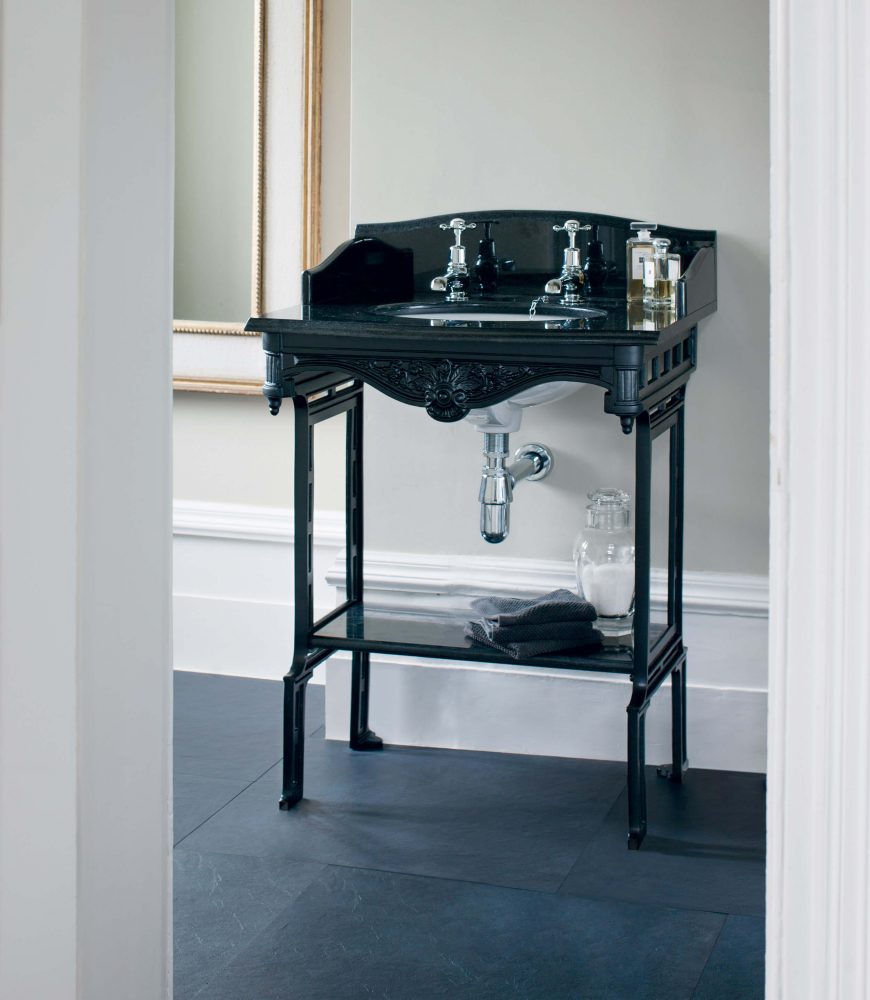DO’S
- Cleaning vanity tops regularly using only pH neutral stone cleaners – if in doubt check the label
- Using alcohol to clean your windows and mirrors, as it will produce the same results as glass-specific cleaners without the risk of damaging your stone
- Investing in a cupboard, coaster or tray for your bottles and cosmetics, to avoid the temptation of putting them down on a stone surface.
- Keeping an eye on grout and particularly silicone throughout the bathroom. If it looks worn or loose then consider replacement, as water that gets behind the stone can
cause damage beyond repair. - Cleaning your shower and bath area daily. The easiest and most effective way is to spray the walls and floor of the stall
with a stone-safe cleaner, then squeegee down after everybody in the home has taken a shower for the day. This will stop hard water deposits on the surface of the stone. - Ventilating your bathroom as much as possible. Inadequate ventilation can cause stone surfaces to suffer from moisture damage and even mould and mildew growth.
- For dark coloured stone, periodically applying a colour enhancing impregnator will not only help protect your stone but will enrich the colour and keep the surface looking good for as long as possible
